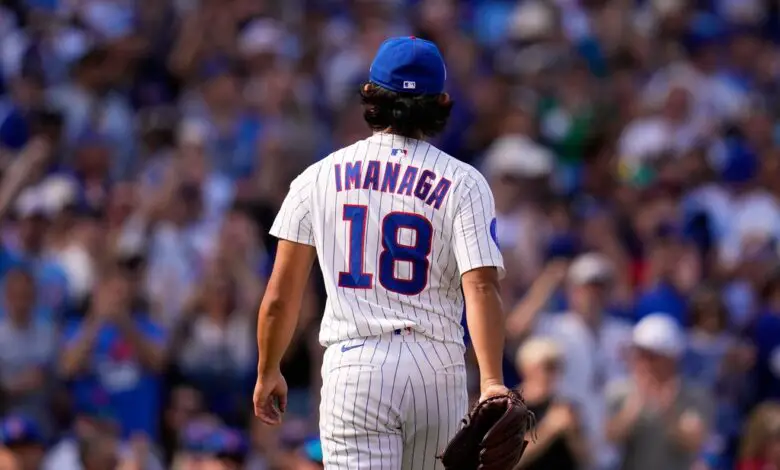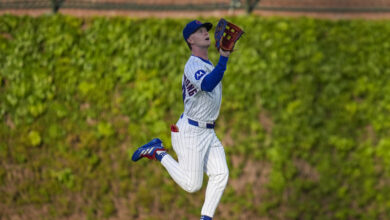
Shōta Imanaga Becomes Free Agent After He, Cubs Decline Options
The relationship between Shōta Imanaga and the Cubs started off better than expected, but ended far more abruptly than anticipated. What looked like an absolute steal by Jed Hoyer when he signed Imanaga to a complex four-year, $53 million contract has ended after just two years and $23 million. That’s because, as Jesse Rogers first reported, both parties have declined their respective options to keep the lefty in Chicago.
We covered the various contractual loopholes a little while back, but let’s recap quickly. The Cubs had the first choice, which was whether or not to exercise an option for three years and $57 million. That was pretty much a no-brainer for them to decline, at which point Imanaga had a $15 million option for 2026. Had he opted back in, the Cubs would again have the choice to exercise a two-year, $42 million extension. If they had declined that, Imanaga would have had another $15 million option for 2027.
While I’m not surprised in the least that the Cubs opted against the extension, I’m a little surprised Imanaga turned down his option. Not because $15 million for a season is anything big, but because he was really guaranteed $30 million by doing so. That said, he could still end up making $22.025 million for 2026 if the Cubs extend a qualifying offer and he accepts.
There is no word yet on whether the Cubs will extend a QO, though it makes sense for them to do so. That figure should hardly be prohibitive given their payroll situation, and they’d get a free draft pick if and when he signs elsewhere. It’s hard to imagine Imanaga getting a higher AAV in free agency, but he’s got to weigh the possibility that another poor performance under the QO would tank his future value with a labor battle looming.
I’m actually pretty torn as to what the Cubs will end up doing, as I can see their reasoning on both ends. We know Jed Hoyer hasn’t been given an open checkbook with which to build a roster, so keeping $22 million free for acquisitions could be very desirable. At the same time, having the certainty of a known commodity while also potentially having that money freed up AND getting an extra pick is even better.
The Cubs have until Thursday at 4pm CT to extend a qualifying offer, after which Imanaga will have until November 18 to decide what to do about it. The same applies to Kyle Tucker, who will absolutely receive and decline a QO. My prediction is that the Cubs extend a QO to Imanaga and that he declines it, but I think it’s also possible that either he accepts or the two sides renegotiate a new deal. We’ll find out soon.
As noted in that previous piece about his contract structure, this all would have been unthinkable a year ago. Even a few months ago. Imanaga was the de facto staff ace last season, leading all Cubs starters with 29 starts, 173.1 innings, a 2.91 ERA, and 174 strikeouts. It looked like he was going to repeat that in 2025 with a 2.65 ERA through 12 first-half starts.
A look under the hood, however, showed several red flags that would eventually manifest. Imanaga’s .191 BABIP against was unsustainably low, leading to a 4.58 FIP and 4.99 xFIP that were well above his ERA. His strikeout rate was down nearly 28 percentage points year-over-year as well, and it all came to a head in the second half. Though his strikeouts rose, so did Imanaga’s BABIP (.245, still a sign of good fortune) and ERA (4.70). But the real death knell was giving up 23 in his last 14 appearances, including three homers in just two postseason games.
That Craig Counsell chose not to pitch Imanaga at all in Game 5 of the NLDS loss to the Brewers spoke volumes about the Cubs’ confidence, or lack thereof, in the lefty. And now he may have to test the market at 32 years old, coming off of a prolonged run of poor performance. If he’s indeed wearing a different uniform next year, at least we’ll all have the joyous memory of him singing “Go Cubs Go” at his introductory press conference.

